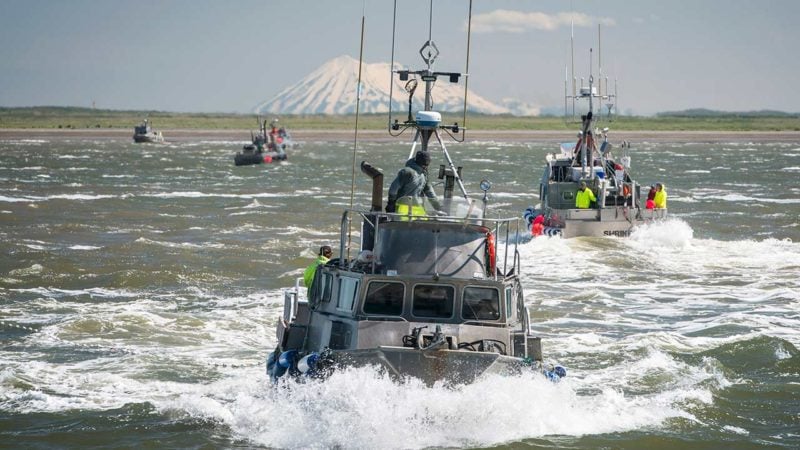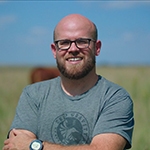Last Updated on January 28, 2025
Last January, we started selling a limited supply of wild-caught sockeye salmon for the first time to ButcherBox members. Since, we have expanded our seafood offerings to include Georges Bank scallops.
However, our salmon remains wildly popular, and, to our mind, tastes amazing. We can’t put our finger on exactly what makes it so special, but, we believe it has to do with the source—Bristol Bay, Alaska—which is a true natural treasure north of the Alaskan peninsula.
The natural habitat for an array of flora and fauna, Bristol Bay is home to more than 29 different species of fish, 190 different birds, and 40 land animals, including bald eagles, moose, brown bears, rainbow trout, sockeye salmon, and a couple of different species of whales.
The fishing industry in Alaska places protecting its natural resources—as well as the livelihoods of the native peoples—as chief priorities. The result is a balance between nature and the salmon fishing industry; it is sustainable fishing in practice. For example, with sockeye salmon, the Alaska Department of Fish and Game manages each river system and the fishery for the year only opens once the spawning escapement goal is achieved. Additionally, the number of boats fishing in the area is closely managed each season.
As our partner, fisherman Matt Luck of Alaska Wild Caught Seafood, explains:
“The way all salmon fisheries are regulated in Alaska is under a program called limited entry which I believe was started in 1973. In each individual region, there is a requirement that somebody on the boat owns a permit. Permits can only be owned by individuals. They can’t be owned by corporations.”
In 2019, during one of the hottest and driest summers the region has witnessed, the sockeye salmon fishery hauled in the second-highest number of salmon recorded with 43 million fish. But even with the fishery and the natural ecosystem thriving, concerns still exist for the future of Bristol Bay.
The battle over the proposed Pebble mine project continues, and it is one that potentially threatens the fishery. Currently, the Army Corps of Engineers is wrapping up its environmental impact examination, and it is expected to release the results this summer. However, many in the region believe it will be a long time before a resolution.
More than anything, the Bristol Bay region is about the amazing people who live there, especially those who rely on the area’s natural resources for their livelihoods and take pride in sourcing sustainably-caught salmon to the world.
As Matt Luck told us, “It’s really important for people to have the opportunity to understand where their protein is being produced, who the producers are, who the harvesters are, and create that connection between those who fish and the consumer.
“Being part of that whole model where people know where their food comes from has helped me stay connected with this thing that has been my whole life for 40 years.”
Dennis Keohane is a writer, editor, and former Editorial Director for ButcherBox with a passion for storytelling and food. Combining his love for high-quality ingredients with engaging narratives, he crafts content that inspires home cooks to explore new flavors, techniques, and the joy of cooking.



